-
BackX
-
Components
-
-
Category
-
Semiconductors
- Diodes
- Thyristors
-
Electro-insulated Modules
- Electro-insulated Modules | VISHAY (IR)
- Electro-insulated Modules | INFINEON (EUPEC)
- Electro-insulated Modules | Semikron
- Electro-insulated Modules | POWEREX
- Electro-insulated Modules | IXYS
- Electro-insulated Modules | POSEICO
- Electro-insulated Modules | ABB
- Electro-insulated Modules | TECHSEM
- Go to the subcategory
- Bridge Rectifiers
-
Transistors
- Transistors | GeneSiC
- SiC MOSFET Modules | Mitsubishi
- SiC MOSFET Modules | STARPOWER
- Module SiC MOSFET ABB’s
- IGBT Modules | MITSUBISHI
- Transistor Modules | MITSUBISHI
- MOSFET Modules | MITSUBISHI
- Transistor Modules | ABB
- IGBT Modules | POWEREX
- IGBT Modules | INFINEON (EUPEC)
- Silicon Carbide (SiC) semiconductor elements
- Go to the subcategory
- Gate Drivers
- Power Blocks
- Go to the subcategory
- Electrical Transducers
-
Passive components (capacitors, resistors, fuses, filters)
- Resistors
-
Fuses
- Miniature Fuses for electronic circuits - ABC & AGC Series
- Tubular Fast-acting Fuses
- Time-delay Fuse Links with GL/GG & AM characteristics
- Ultrafast Fuse Links
- Fast-acting Fuses (British & American standard)
- Fast-acting Fuses (European standard)
- Traction Fuses
- High-voltage Fuse Links
- Go to the subcategory
- Capacitors
- EMI Filters
- Supercapacitors
- Power surge protection
- TEMPEST emission revealing filters
- Surge arrester
- Go to the subcategory
-
Relays and Contactors
- Relays and Contactors - Theory
- 3-Phase AC Semiconductor Relays
- DC Semiconductor Relays
- Controllers, Control Systems and Accessories
- Soft Starters and Reversible Relays
- Electromechanical Relays
- Contactors
- Rotary Switches
-
Single-Phase AC Semiconductor Relays
- AC ONE PHASE RELAYS 1 series| D2425 | D2450
- One phase semiconductor AC relays CWA and CWD series
- One phase semiconductor AC relays CMRA and CMRD series
- One phase semiconductor AC relays - PS series
- Double and quadruple semiconductor AC relays - D24 D, TD24 Q, H12D48 D series
- One phase semiconductor relays - gn series
- Ckr series single phase solid state relays
- One phase AC semiconductor relays for DIN bus - ERDA I ERAA series
- 150A AC single phase relays
- Rail Mountable Solid State Relays With Integrated Heat Sink - ENDA, ERDA1 / ERAA1 series
- Go to the subcategory
- Single-Phase AC Semiconductor Relays for PCBs
- Interface Relays
- Go to the subcategory
- Cores and Other Inductive Components
- Heatsinks, Varistors, Thermal Protection
- Fans
- Air Conditioning, Accessories for Electrical Cabinets, Coolers
-
Batteries, Chargers, Buffer Power Supplies and Inverters
- Batteries, Chargers - Theoretical Description
- Modular Li-ion Battery Building Blocks, Custom Batteries, BMS
- Batteries
- Battery Chargers and Accessories
- Uninterruptible Power Supply and Buffer Power Supplies
- Inverters and Photovoltaic Equipments
- Energy storage
- Fuel cells
- Lithium-ion batteries
- Go to the subcategory
-
Automatics
- Spiralift Lifts
- Futaba Drone Parts
- Limit Switches, Microswitches
- Sensors, Transducers
-
Infrared Thermometers (Pyrometers)
- IR-TE Series - Water-proof Palm-sized Radiation Thermometer
- IR-TA Series - Handheld Type Radiation Thermometer
- IR-H Series - Handheld Type Radiation Thermometer
- IR-BA Series - High-speed Compact Radiation Thermometer
- IR-FA Series - Fiber Optic Radiation Thermometer
- IR-BZ Series - Compact Infrared Thermometers
- Go to the subcategory
- Counters, Time Relays, Panel Meters
- Industrial Protection Devices
- Light and Sound Signalling
- Thermographic Camera
- LED Displays
- Control Equipments
- Go to the subcategory
-
Cables, Litz wires, Conduits, Flexible connections
- Wires
- Cable feedthroughs and couplers
- Litz wires
- Cables for extreme applications
- Sleevings
-
Braids
- Flat Braids
- Round Braids
- Very Flexible Flat Braids
- Very Flexible Round Braids
- Cylindrical Cooper Braids
- Cylindrical Cooper Braids and Sleevings
- Flexible Earthing Connections
- Galvanized and Stainless Steel Cylindrical Braids
- PCV Insulated Copper Braids (temp. up to 85C)
- Flat Aluminium Braids
- Junction Set - Braids and Tubes
- Go to the subcategory
- Traction Equipment
- Cable Terminals
- Flexible Insulated Busbars
- Flexible Multilayer Busbars
- Cable Duct Systems
- Go to the subcategory
- View all categories
-
Semiconductors
-
-
- Suppliers
-
Applications
- CNC Machine Tools
- DC and AC Drives (Inverters)
- Energetics
- Energy bank
- Equipment and Components for Hazardous Areas [Ex]
- Equipment for Distribution, Control and Telecommunications Cabinets
- HVAC Automation
- Induction Heating
- Industrial Automation
- Industrial Protective Devices
- Machines for Drying and Wood Processing
- Machines for Thermoforming Plastics
- Mining, Metallurgy and Foundry
- Motors and Transformers
- Power Supplies (UPS) and Rectifier Systems
- Printing
- Temperature Measurement and Regulation
- Test and Laboratory Measurements
- Tram and Railway Traction
- Welding Machines
-
Assembly
-
-
Inductors
-
-
Induction devices
-
-
Service
-
- Contact
- Zobacz wszystkie kategorie
Ochrona ciśnieniowa Ex p w pigułce

Ex p - regulacje prawne
Zasady stosowania urządzeń w przestrzeni zagrożonej wybuchem w Unii Europejskiej podaje dyrektywa 1999/92/WE (tzw. ATEX USER). W dokumencie tym stwierdzono jednoznacznie, że w przestrzeni zagrożonej wybuchem mogą pracować wyłącznie urządzenia w wykonaniu przeciwwybuchowym. Są to urządzenia specjalnie skonstruowane do tego typu środowiska pracy. Wymagania związane z konstrukcją urządzeń i systemów ochronnych przeznaczonych do pracy w przestrzeni zagrożonej wybuchem ujęto w dyrektywie 94/9/WE (tzw. ATEX). Dokument ten zawiera wymagania ogólne, a szczegółowe wymagania konstrukcyjne znajdują się w normach zharmonizowanych z ww. dyrektywą.
Czym charakteryzuje się ochrona ciśnieniowa?
EX p jest to metoda ochrony polegająca na umieszczeniu podzespołów, które w czasie swojej normalnej pracy mogą wywołać iskrę lub nagrzewać się, w zamkniętej i szczelnej obudowie wypełnionej powietrzem lub innym gazem niepalnym pozostającym pod stałym ciśnieniem.
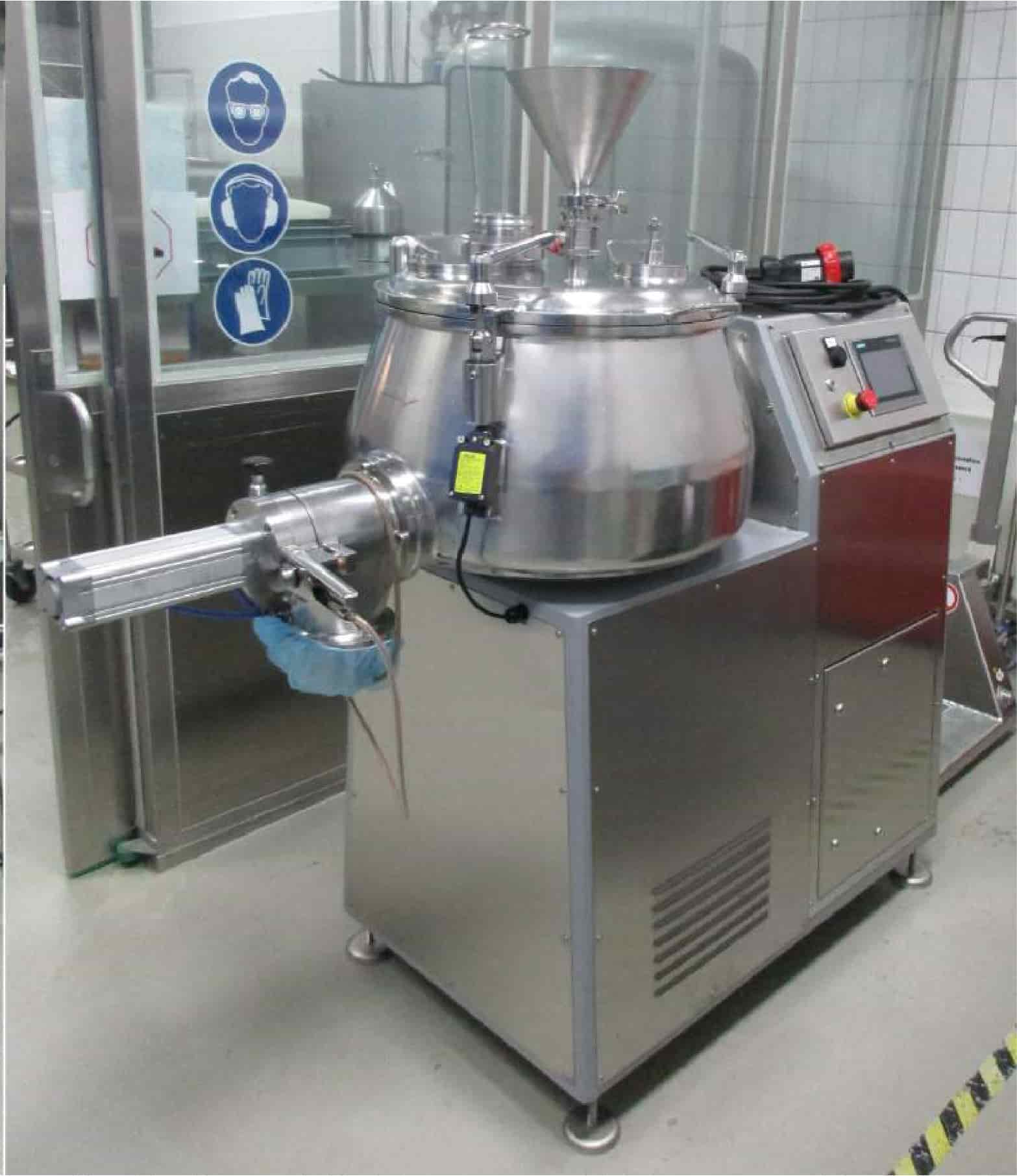
.jpg)
Budowa systemu
Główną częścią systemu jest Kontroler Quinguard, który monitoruje i nadzoruje ciśnienie wewnątrz. W razie wystąpienia rozszczelnienia lub wzrostu ponad bezpieczny poziom, następuje reakcja układu sterowania. Dla wysokich prądów przełączających przewidziana jest seria styczników, które posiadają dopuszczenie do pracy w strefach zagrożonych wybuchem.
Zasada działania Ex p
Przed rozpoczęciem pracy lub po każdym wyłączeniu systemu konieczne jest sprawdzenie czy wewnątrz obudowy nie znajduje się palna mieszanka wybuchowa. Służy temu detektor gazu palnego z zasilaczem, które są umieszczone w środku. Po sprawdzeniu, zwalniane jest zabezpieczenie przed zasilaniem i wszystkie elementy systemu są uruchamiane tak, aby system mógł pracować zgodnie ze swoją rolą.
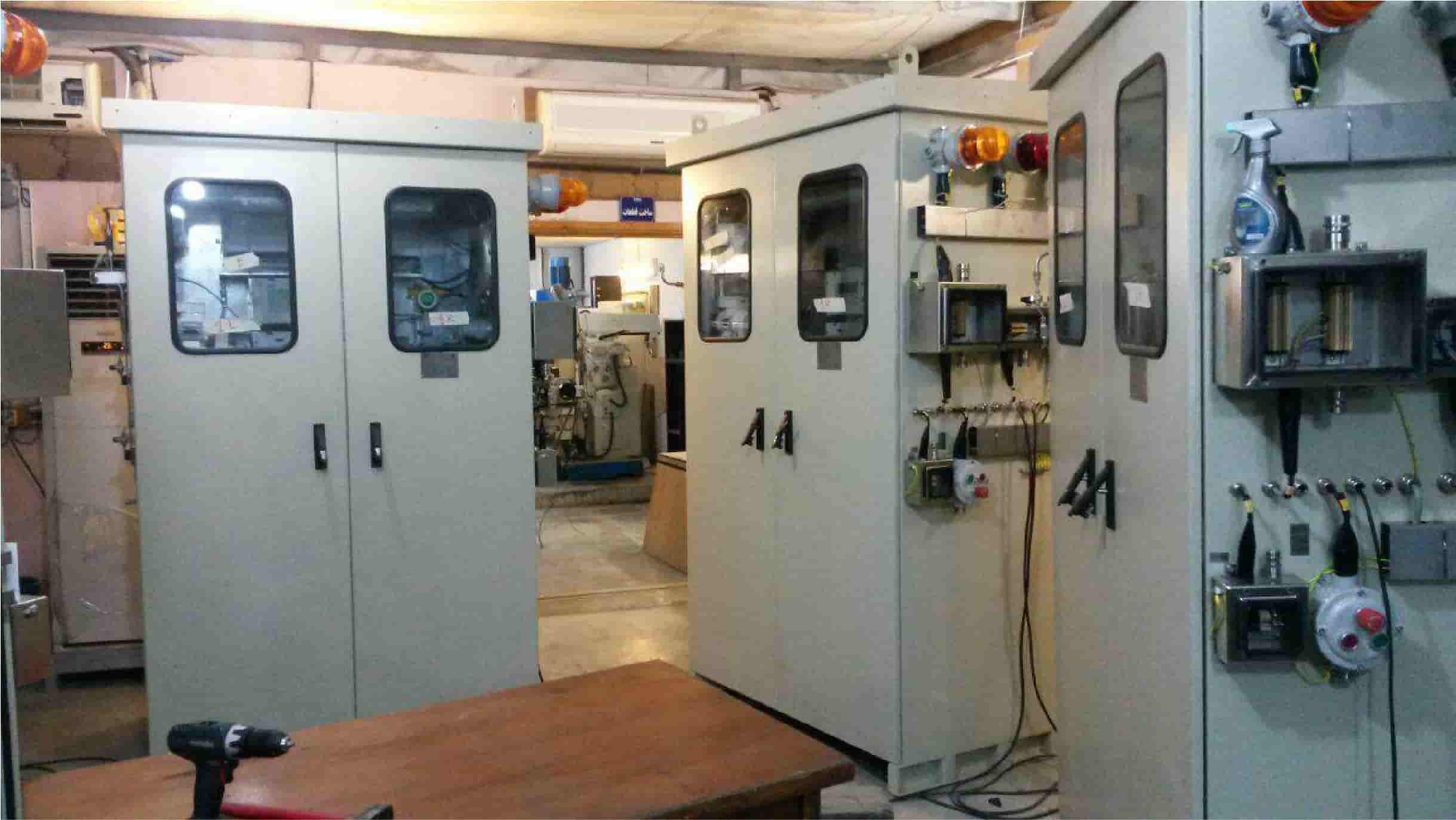
Co należy wiedzieć przed złożeniem zamówienia
Podstawową formą realizacji zamówienia jest dostawa zmontowanego systemu gotowego do użycia razem z niezbędnymi dokumentami (certyfikat ATEX w języku producenta, deklaracja zgodności i karta katalogowa w języku polskim), ale sposób certyfikacji pozwala na samodzielny montaż podzespołów oraz elementów systemu przez użytkownika, co skraca czas dostępności i obniża jego ogólny koszt.
Dobre strony ochrony ciśnieniowej
Dużą zaletą tego rozwiązania jest jego duża uniwersalność i możliwość stosowania w niemal każdych warunkach zagrożenia wybuchowego - mowa o strefach 1, 2, 21 i 22. W obudowie można zamknąć praktycznie dowolny rodzaj urządzenia bez certyfikatu ATEX i w ten sposób dostosować je do pracy na obszarach gdzie występuje atmosfera wybuchowa. Rozwiązanie zbudowane jest z kilku elementów, więc jest łatwe w montażu i eksploatacji. Przy odpowiednim zapasie mocy, istnieje możliwość rozbudowy systemu bez konieczności wymiany całej obudowy ani elektroniki sterującej.
Related products
Related posts
 Ochrona przeciwwybuchowa - Podział na strefy zagrożone wybuchem
Ochrona przeciwwybuchowa - Podział na strefy zagrożone wybuchem
 Wybuch i strefa zagrożona wybuchem.
Wybuch i strefa zagrożona wybuchem.
 Measures (preventive) of explosion protection
Measures (preventive) of explosion protection

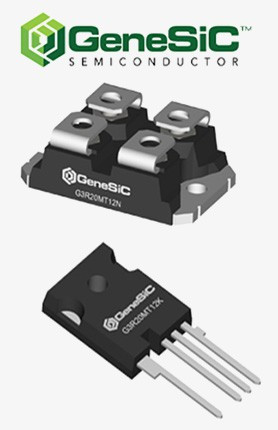
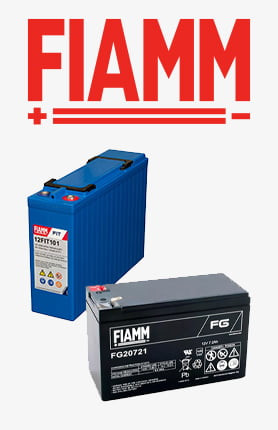
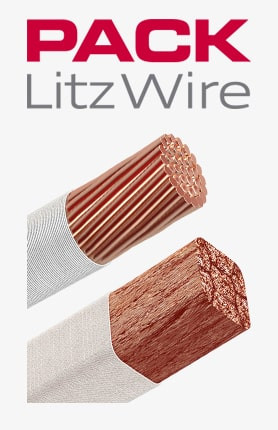
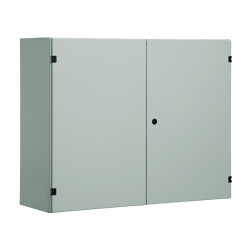
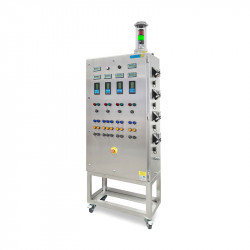
Leave a comment